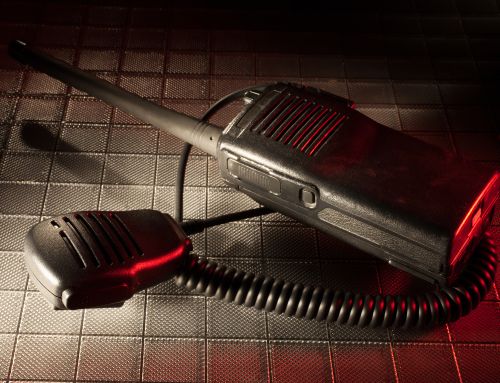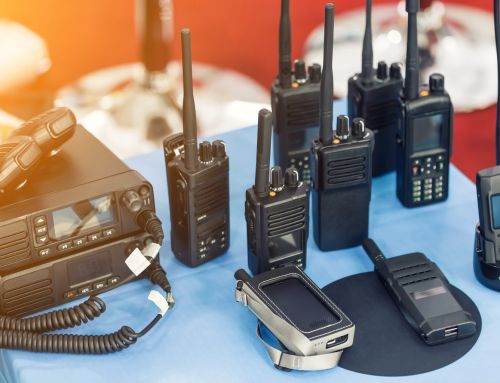This post is a quick look at four of the most common communications challenges that organizations across the country encounter on a daily basis. These aren’t industry-specific, as they relate on some level to multiple industries. For more information on how your organization can overcome these challenges, contact us today!
Here are four of the most common communication challenges:
1) Poor coverage/call quality
Without a doubt, one of the most frustrating issues an organization can face is poor coverage or call quality. The causes for this can vary, but the most common culprit is typically the building in which you communicate.
For example, if you are working in a hospital or hotel, the walls are so thick that regular cellular or wireless signals don’t travel as well as they should. Another example is when a plant manager in a factory can’t communicate with his crew due to excessive noise or the breaking up of the call.
Fortunately, this issue can be solved by implementing new digital devices like two-way radios or even a bi-directional amplifier.
2) Connecting with a remote team
In today’s workplace, you don’t just need to be connected with those in your office or building, as you may have an extended team in the field, at another campus, or even in a different city. And in many cases, you can’t just send an email and wait for a response, as you need instant communication with a variety of stakeholders.
3) Depleted battery life
For those organizations that currently rely on smartphones for your communication, you’ve most likely encountered issues due to poor battery life. Since the average smartphone will only provide you with a day’s worth of battery life (assuming you are using the device for multiple calls, texts, emails, etc.) it can easily die on you in your time of need.
Not only can a dead smartphone cause delays in communication, but it is also a risk when an emergency hits, as you and your team won’t be able to communicate. That’s just one of the reasons why two-way radios are the recommended device over smartphones for professional communication.
4) Device durability
If you are working in an environment that calls for “heavy duty” equipment (public safety, manufacturing, etc.) then you need your communication devices to be as durable as the rest of your equipment. After all, your devices may get wet, dropped, or even exposed to intense heat, and you still need to be able to rely on it after a hard day – your device needs to be rugged.
If you are encountering any of these common communication challenges, you can download our free guides below to learn how you can overcome them!
Safe Hospitality: An All-Inclusive Approach to Safety and Collaboration
Enhancing the Guest Experience with Integrated Communications







